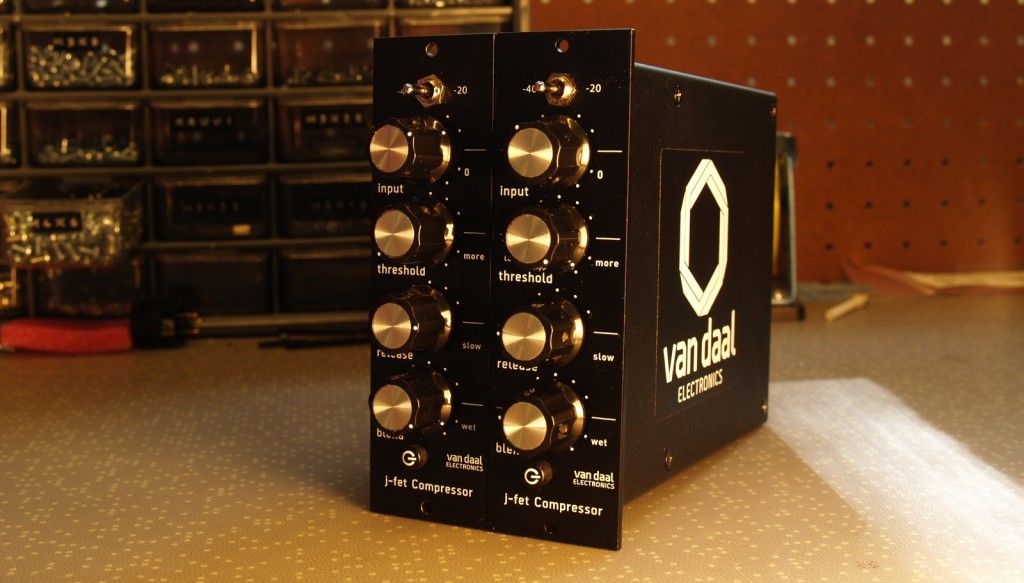

Learning modular is a commitment, that’s for sure, but it’s a hugely rewarding one.Ī good place to start is YouTube.

You’ll come across terminology and applications that will baffle you, at least initially. Eurorack modular synths are wonderful things, but they’re not without a learning curve.
#EURORACK REAMP FREE#
Learn the language, identify what you want to do, and let your mind run free with the sonic potential on offer. Where do you start?īefore you go ploughing your hard-earned cash into loads of modules, it is highly advisable you immerse yourself in the wider world of modular synthesis. Want an effects unit you can feed your guitar into? Fine! Want an entire live performance rig you can carry in a suitcase? Sure! With modular synths, and Eurorack, the only limit really is your own imagination. Want something ultra-basic to complement your existing synth collection? No problem. You’re effectively creating your own utterly unique, completely bespoke musical instrument. You see, whatever system you have, and whichever modules make that system up, is entirely up to you. It’s here you start to see the true beauty of modular synths, and of Eurorack. And while all of this is going on, you may have separate CV sources affecting the parameters of each individual component, as a form of automation. You might then send it to a filter to sculpt the sound, or to an envelope to change how the sound reacts across time, or to an effects unit to colour it. Along the way, that electrical signal will power an oscillator, which will alter the electrical signal to make it audible to the human ear. Essentially, you pipe an electrical current in one end, feed it through different modules, and it comes out the other end as an audio signal. Modular synths operate by manipulating audio or control voltage (CV). This new common method of measurement gave equipment manufacturers, and their customers, confidence that gear from different brands would play nicely together, and would be cheaper to produce, thus Eurorack became the de-facto standard for modular synths. So, module heights were standardised (Eurorack is 3U), and module widths were given a measurement unit – HP. It was Dieter Doepfer, a German physics graduate, who led the way by creating a standardised set of ‘rules’ regarding the physical dimensions of individual modules based on the existing standards used for rack-mounted audio/visual equipment. The introduction of the Eurorack format went a long way to breaking down those walls. Modular was – and still is, to some extent – a very serious business. Put simply, one did not ‘dabble’ in modular before Eurorack. Modular synths don’t carry the same levels of intimidation they once did, and that’s largely down to the introduction of the Eurorack format in the 1990s.īefore Eurorack, building a modular synth demanded an understanding of electronics and engineering on top of whatever musical ability you had, making it nigh-on impossible – not to mention eye-wateringly expensive – to get into. But what exactly is Eurorack, and why are so many people flocking to these scary banks of wires and flashing lights? In this guide we’ll walk you through your first steps into the strange, exciting world of Eurorack modular synths, offering recommendations on where to start, what you can do with modular and the gear you’ll need to do it. Or, in this instance, step forward Eurorack. Or perhaps you have a collection of ‘regular’ instruments but have always dreamt of mixing and matching different elements of each to create something totally unique to you and your musical style or workflow. Maybe you’ve experienced it yourself staring blankly at an empty Ableton Live screen, with access to any sound you could think of (albeit virtually), yet missing that physical connection with an instrument. There’s been a significant rise in the number of people wanting to step away from their computer-based music production systems.


 0 kommentar(er)
0 kommentar(er)
